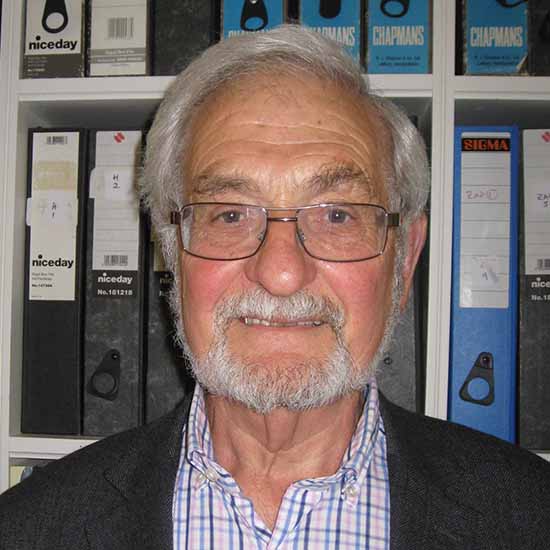John Steeds is best known for his wide-ranging investigations of the microstructure of materials using electron microscopy and convergent-beam electron diffraction. His early work on dislocation arrangements in deformed copper crystals stands as a main pillar on which the more recent theories of work hardening have been built. His monograph on anisotropic elasticity theory of dislocations is a standard reference. He has led a collaborative effort requiring a very high order of both theoretical and experimental technique to make, from image plane diffraction analysis (‘real-space crystallography’) and convergent-beam diffraction, a complete system for crystallographic structure determination in the electron microscope. John is recognised as a world expert in this powerful technique.
Significant applications include precipitate structure in steels, new phases in the contact regions of integrated circuits and the correction of important errors in the structure of transition metal dichalcogenides. With the first observation of solitons (discommensurations) in the stripe and triply incommensurate states of these layer compounds, he has produced startling dynamic images of the basic phase-transition mechanisms.
Professional position
- Emeritus Professor, School of Physics, University of Bristol
- Governor, University Hospitals Bristol, University of Bristol
Subject groups
- Engineering
Materials science (incl materials engineering)

